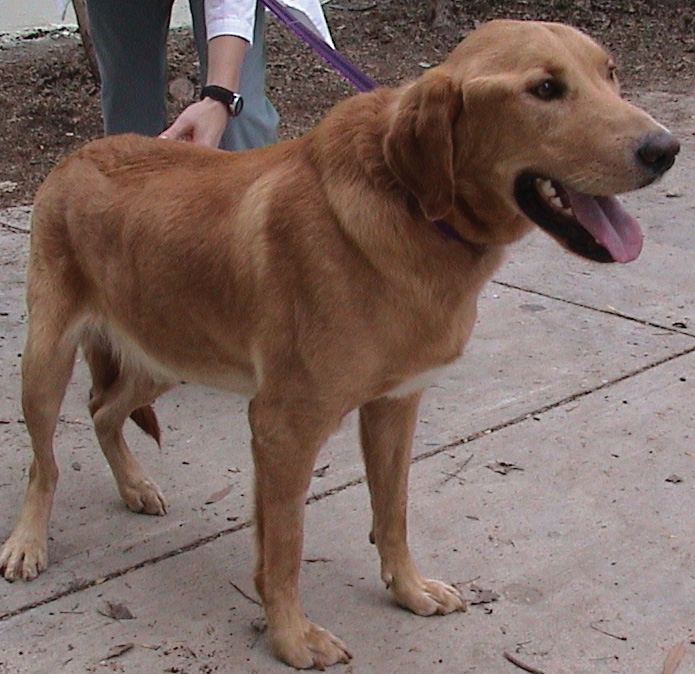Canine Infectious Diseases: Self-Assessment Color Review, Q&A 14
| This question was provided by CRC Press. See more case-based flashcards |

|
Student tip: This case is asking thoughtful questions. |
Case 14 is the same dog as in Cases 12 and 13. Erysipelothrix rhusiopathiae was grown from all three blood cultures taken from the jugular and peripheral veins. While culture was pending, antimicrobial drug treatment was commenced with a combination of amoxicillin–clavulanic acid and enrofloxacin. The E. rhusiopathiae isolate was susceptible to amoxicillin–clavulanic acid but resistant to enrofloxacin, so enrofloxacin treatment was discontinued. The dog remained alert and responsive during treatment (see image); however, he died suddenly 2 weeks later, possibly as a result of a thromboembolic event or an arrhythmia.
| Question | Answer | Article | |
| What are the suggested criteria for diagnosis of infective endocarditis? | Diagnosis of infective endocarditis (IE) is often established by identification of major and/or minor criteria for IE. A scoring system, adapted from the modified Duke’s criteria for IE in people, has been proposed to determine the diagnosis of IE in dogs (see full text). In this dog, a diagnosis of endocarditis could be established from three major (vegetative lesion, new severe aortic insufficiency, positive blood culture) and one minor (large dog >15 kg) criterion.
|
Link to Article | |
| What are known predisposing factors for endocarditis? | Predisposing factors that should raise suspicion for IE are discospondylitis, prostatitis, pneumonia, urinary tract infection, pyoderma, periodontal disease, infected wounds, abscesses, or long-term indwelling central venous catheters, as well as immunosuppressive drug therapy such as with glucocorticoids, aortic stenosis, or recent surgery, especially in conjunction with trauma to mucosal surfaces in the oral or genital tract. Most dogs with IE do not have underlying congenital cardiac defects. No link has been made between dental prophylaxis and IE in dogs.
|
Link to Article | |
| What is the general prognosis for dogs with endocarditis? | The prognosis for IE depends on several factors. Factors indicating a poor prognosis include aortic valve involvement, thromboembolic complications, thrombocytopenia, elevation of serum ALP, and hypoalbuminemia. A slightly better prognosis is reported for isolated mitral valve involvement, gram-positive infections, and when underlying wounds or skin infections are present.
|
[[ Replace text with name and subsection of relevant WikiVet page if in existence eg. Feather - Anatomy & Physiology#Structure & Function |Link to Article]] | |
To purchase the full text with your 20% discount, go to the CRC Press Veterinary website and use code VET18.
